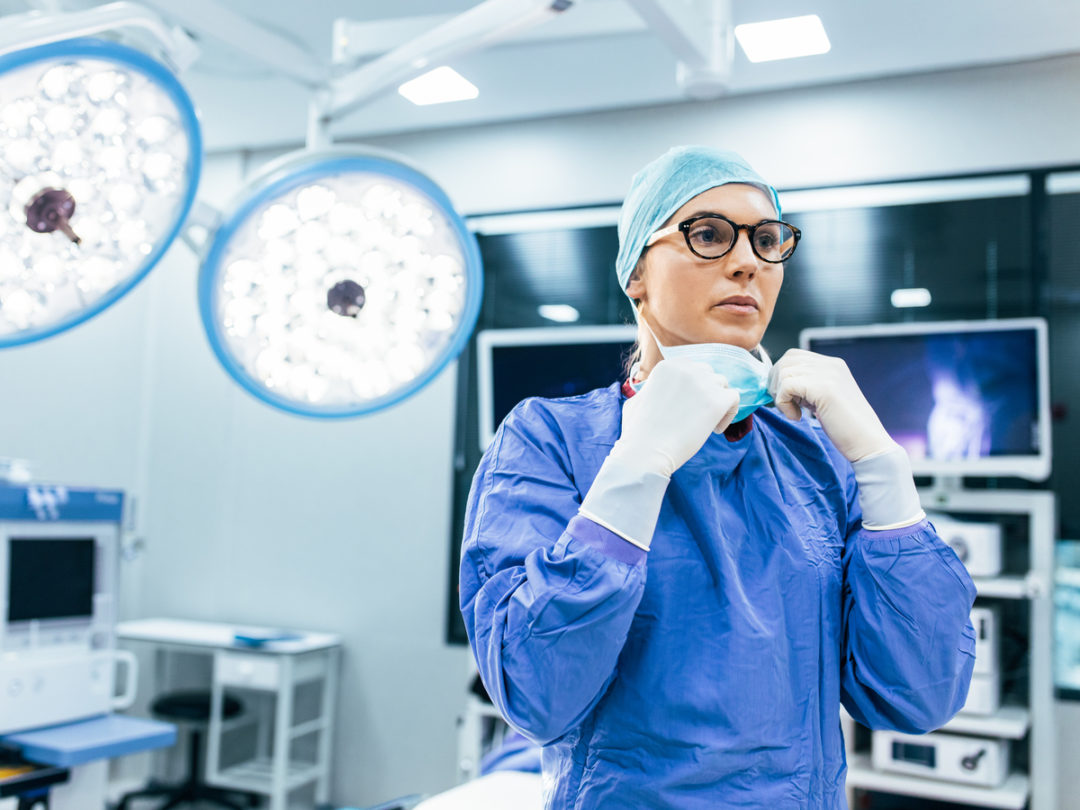
Visit Our Sponsors |
|
|
|
|
|
|
|
|
|
|
|
|
|
|
|
|
|
|
|
|
|
|
|
|
|
|
|
|
|
|
|
|
|
|
|
|
|
|
|
|
|
|
|
|
|
|
|
|
|
|
|
|
|
|
|
|
|
|
|
|
|
|
|
|
|
|

A growing number of health care systems are moving to self-distribution — where they order products directly from manufacturers then handle their own storage, order fulfillment and distribution functions.
Until now, self-distribution has largely focused on the consumables — things like masks and hospital gowns. The greater potential for savings is on the pharmaceutical side, with a recent survey by Swisslog Healthcare indicating that 48 percent of health system pharmacies are considering centralized distribution. They will undoubtedly find pharma self-distribution a lot more challenging.
Supply chain costs are the second-biggest expense for most health care systems, after labor. To improve service and cut costs, they are increasingly taking over their own distribution and transportation functions. Significant savings come from narrowing down their list of vendors, negotiating discounts on bulk purchases with the remaining ones, and moving to just-in-time purchasing, so less inventory is stored, and less money wasted on inventory that has expired or become obsolete. That can also allow a hospital to re-purpose storage space into revenue-generating space.
Self-distribution has had good success with consumable products. The next frontier is to add in categories like biomedical, pharmacy and kit-packing. The savings will be bigger, but the distribution process will be much more difficult.
Why is distribution on the pharma side so much harder?
For starters, drugs need to be tracked at a more detailed level than consumables. While you could consider all hospital gowns a single item type, each bottle of pills must be tracked individually, and include information on where and when it was manufactured, as a recall might apply to a single bottle in a box. And pharmaceuticals have strict expiration dates, with bigger consequences if expired goods remain on the shelf.
There are also stricter rules for storing and handling drugs, and a greater chance of theft. You may need to add a refrigerated storage area, for example, and a cage or vault for high-security products. And that refrigeration and extra security needs to extend all the way from receiving to the point of use. You can’t leave a box of drugs just sitting on the loading dock.
And with medicines you’ll need more quality assurance checks — more along the lines of a drug manufacturer, especially if your process includes cutting bulk purchases into individually dosed units. Also, labor costs are likely to increase as pharmacist-level skill sets will be needed.
Impacts on Automation
The move to self-distribution may also be the tipping point where more automated material handling equipment will be cost-justified.
In hindsight, 56 percent of self-distributing health systems said they wished they'd implemented more automation, according to a 2018 Swisslog Healthcare survey, conducted in conjunction with Visante Inc. For simpler warehouses this means implementing conveyor and sortation equipment. For more complex ones — carousels, vertical lift modules and order verifiers may be justified.
Impacts to Systems
More complex distribution also drives the need for more sophisticated warehouse execution software to orchestrate the complex movements of inventory and to control the automation equipment. The software must also track the inventory as it moves through the warehouse, onto a truck and all the way to the nurse’s station.
The Outlook
In 2019, the trend towards centralized purchasing and self-distribution will expand beyond consumables into biomedical, pharma and kit-packing. To be successful on the pharma side, self-distributors will have to improve their game. Health care systems should look for distribution experience, even from outside the health care industry, to master the challenge. But the potential savings are significant, and that savings can be passed on to patients.
Daniel Johnson is an account executive with Fortna Inc.
RELATED CONTENT
RELATED VIDEOS
Timely, incisive articles delivered directly to your inbox.






